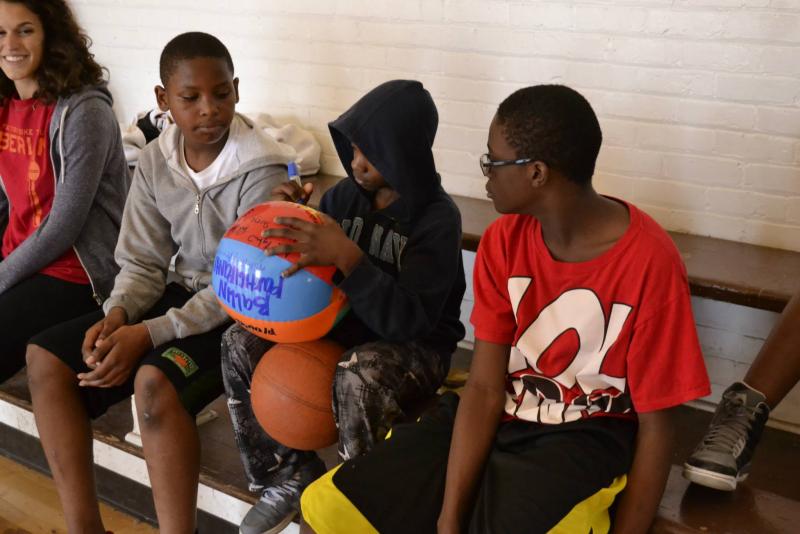Changes To The Louisiana Education System Also Changing Lives

Jashai came from Capitol Elementary School, where one quarter of the population in Baton Rouge live below the poverty line and most kids are at-risk of not going to college.
Looking at Jashai through this lens, it is hard to imagine he could have grown up anywhere other than a safe home. The 11-year-old just wants to play basketball, holds the door open for strangers, and solves algebra problems for fun.
In an effort to save kids through education, former Teach For America teacher Sarah Moore polled teachers on their most at-risk students, packed them up, and took them to an old-school building for the blind.
There, Moore's program, THRIVE, begins the challenging task of helping each and every student reach their potential.
Sixth graders entering THRIVE were scoring in the 19-20th percentile on the iLEAP, Louisiana’s state standardized test. But by the end of the first year, THRIVE’s students had scored in the 70th percentile.
To put that into perspective, top-performing schools, on average, improve 1 to 2 percentage points. Ten points is unheard of, and once a school hits a 15 percentage point increase, they get investigated because of suspicions of cheating. While there is no way to exactly measure what that means nationally, what THRIVE did in one year was truly an anomaly in American education.
One might be surprised, and confused, at how THRIVE achieved those results, but when I spent time with these kids, it was obvious. They were smart and eager to learn. They asked me to help them figure how to spell and define words and write out algebra problems on the white board for a challenge.
While THRIVE is reaching a demographic of students that desparately needs help (and is succeeding), about an hour away from THRIVE is another misfit situation in the Louisiana education system. Lowery Middle School, a very low-performing school, is in the same school district as some of the highest-performing schools in the state. The best and the worst schools are racially and geographically split by the Mississippi River.
Lowery, like all schools in Louisiana, are tracked. Classes are separated between magnet students (higher test-scoring kids) and low-performing children. In looking at class averages between the two groups of students, there is a residual difference of 10 to 15 percent points. Sometimes the gap is even as wide as 30 percent. However, the averages alone often exhibit low performance.
The Louisiana Department of Education Policy will soon allocate new revisions to the agency's tracking system, in which students can either earn a college degree or a career degree. Starting in ninth and tenth grade, students are forced to learn the academic core and depending on end-of-the-year test scores will be placed in one of two tracks: the college track or vocational track. All students will also take the same classes, ensuring a foundation of basic education that students can take into junior and senior-level classes, no matter the track. Within this system, vocational tracked students can get a college degree if they wish, and vice versa.
Looking at these small anomalies in an otherwise terrible education system means nothing without looking at the singular difference made in children’s lives.
THRIVE is doing more than improving test scores and teaching responsibility. The group is changing kids’ lives and prospective futures. Jashai wants to go into the Army and become a cop afterwards because, according to him, he wants to help people. One of his classmates, Troy, wants to become a math professor.
And best of all, they want to go to USC.
Reach Staff Reporter Katie Chen here. Follow her on Twitter here.



